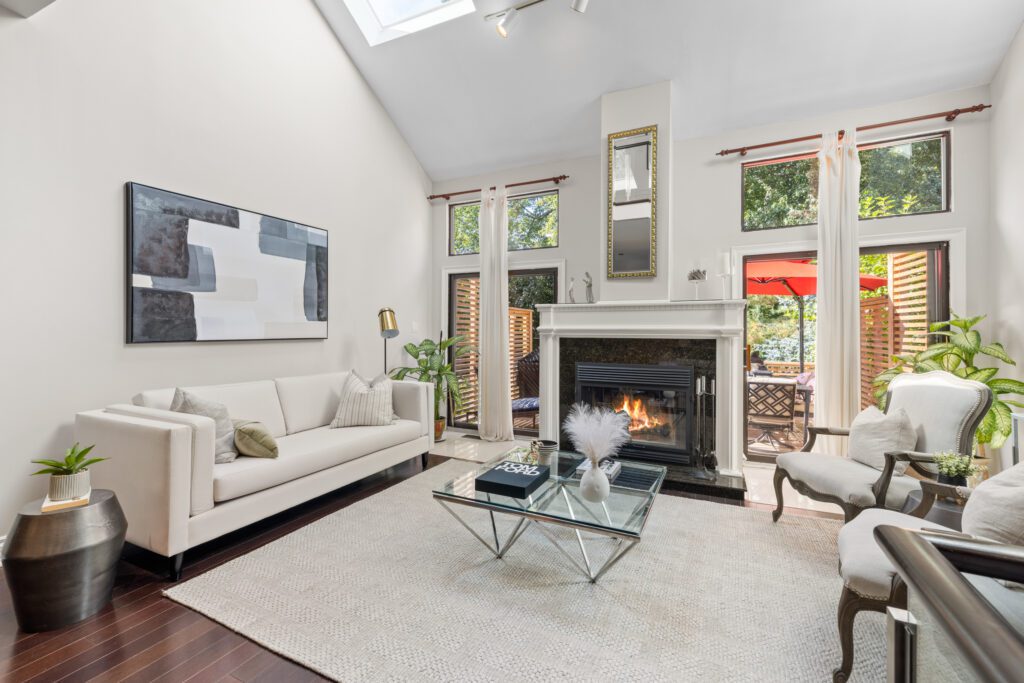I Want To Sell My Home – How Much Work Should I Do?
|
01/15/21

You’ve started looking for a new house, and you’ve seen a couple that you like. Your present house has served you well, but the last major renovations were done almost 20 years ago. How much work should you do to get the house ready to put on the market as soon as you buy the new one? There are four types of improvements that you should think about:
- Fix obvious problems. If your roof needs to be replaced soon, think about replacing it yourself. If the new owner is a first time buyer, chances are they won’t have a lot of extra cash available for immediate repairs, so you could lose out on a large pool of potential buyers. Also, buyers will automatically deduct the cost of replacing the roof from the price they are prepared to pay… and the cost they assume will almost always be higher than the actual cost. The same reasoning applies to other problems that the buyer will need to deal with immediately, for example a very old furnace that could die at any time, or malfunctioning plumbing fixtures. If your home has active knob and tube wiring, that’s another “fix” that you should think about. While there is nothing inherently wrong or unsafe about knob and tube wiring, most insurance companies will not cover it, and many buyers (and buyers’ agents) think that it must be replaced. This one isn’t black and white, as it is certainly possible to get insurance with knob and tube wiring, and at least one company will insure it at very reasonable rates; it depends on how much it will cost and how disruptive it will be to get the job done while you are still living there. The bottom line is that these repairs are a great investment: you will get back more, in the form of a better selling price for your house, than the repairs cost.
- Make low cost/high impact improvements. A fresh coat of paint makes an enormous difference to a house’s value in buyers’ eyes, far more than the cost of painting. You might think, because many new owners will repaint anyway to suit their taste, that this is a waste of money; that buyers can “see past” the old paint and imagine the possibilities. Sadly, this isn’t the case. Buyers make purchase decisions emotionally, and will respond positively to an attractively painted house even though they know at some level that they will probably change it. The next most important area to look for low cost/high impact improvements is the front of the house. It is trite but true that first impressions are critically important when selling your house, so invest a bit of money in fixing the cracked front step, the broken railing, the spalling foundation and so forth. In general, take a walk around your house and try to look at it through buyers’ eyes to see the little defects that have become invisible to you over the years. Like fixing obvious problems, these improvements will return much more, in terms of a better selling price, than they cost.
- Stage your home. In many cases, a home that is properly staged will not look much like a home that people actually live in. That’s OK, it may seem a bit artificial, but staging works! Invest in a consultation from a professional stager, to identify what needs to be done (as well as what does not need to be done!), and then invest in the stager’s time to set everything up and add some strategically placed props like pictures, occasional tables, lamps, etc. In some cases you may even want to rent a couple of pieces of furniture. Whatever it takes, it will be worth it; staging is another investment, like the two above, that consistently returns more, in the form of a higher selling price, than it costs.
- Think carefully before committing to major renovations. A new kitchen or a new bathroom will certainly increase the value of your home, and may also help it to sell faster, but the real question is whether you will get back as much as you put in. Unlike the three categories above, major renovations in most cases don’t add as much value as they cost, and sometimes even less. Add to that the disruption and mess of a big renovation (especially a kitchen!) and you have to ask yourself if it’s really worth it. For example, if the kitchen cabinets are still in decent condition, you may want to just paint them, add some contemporary style knobs, and maybe change the countertops – changes like these will significantly improve the appearance without a huge investment. Similarly, a new vanity can spruce up a bathroom quite nicely at a very reasonable cost. Flooring is another area where you should think carefully before making big changes. Upgrading from carpet to hardwood, like renovating a kitchen, is expensive and disruptive, and may not return much more than it costs, if that. Unless the carpet is hideous, you may just want to get it professionally cleaned, place the furniture strategically, and call it a day. In general, try not to get carried away with wonderful but pricey renovations – you may get more money for your home, but it will be a pyrrhic victory if the investment is greater than the additional money you get!
Sign Up For Our Newsletter
Looking for more great real estate content? Get it delivered to your inbox with our newsletter!



